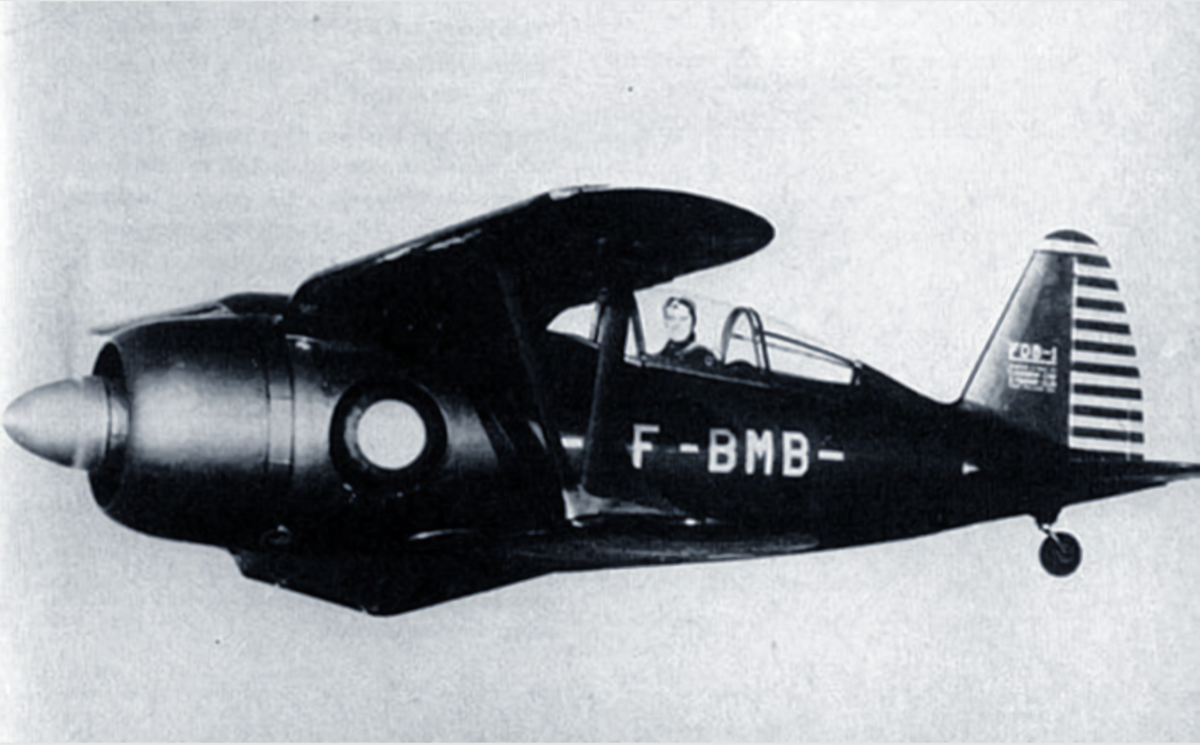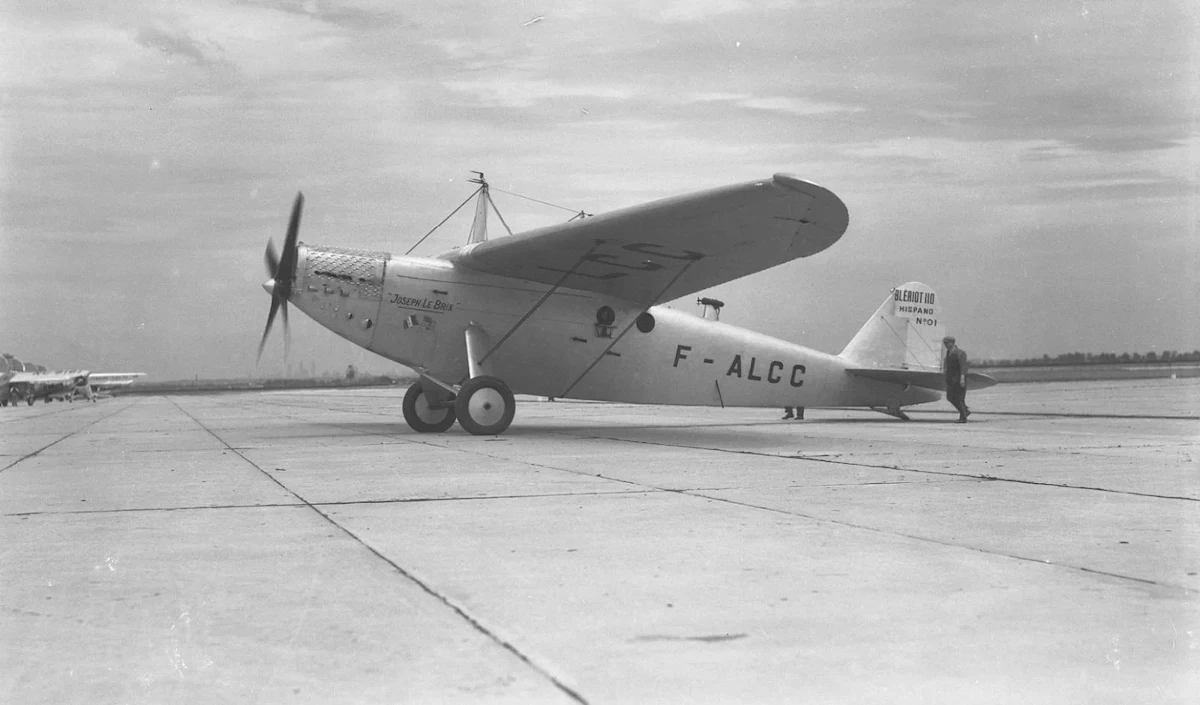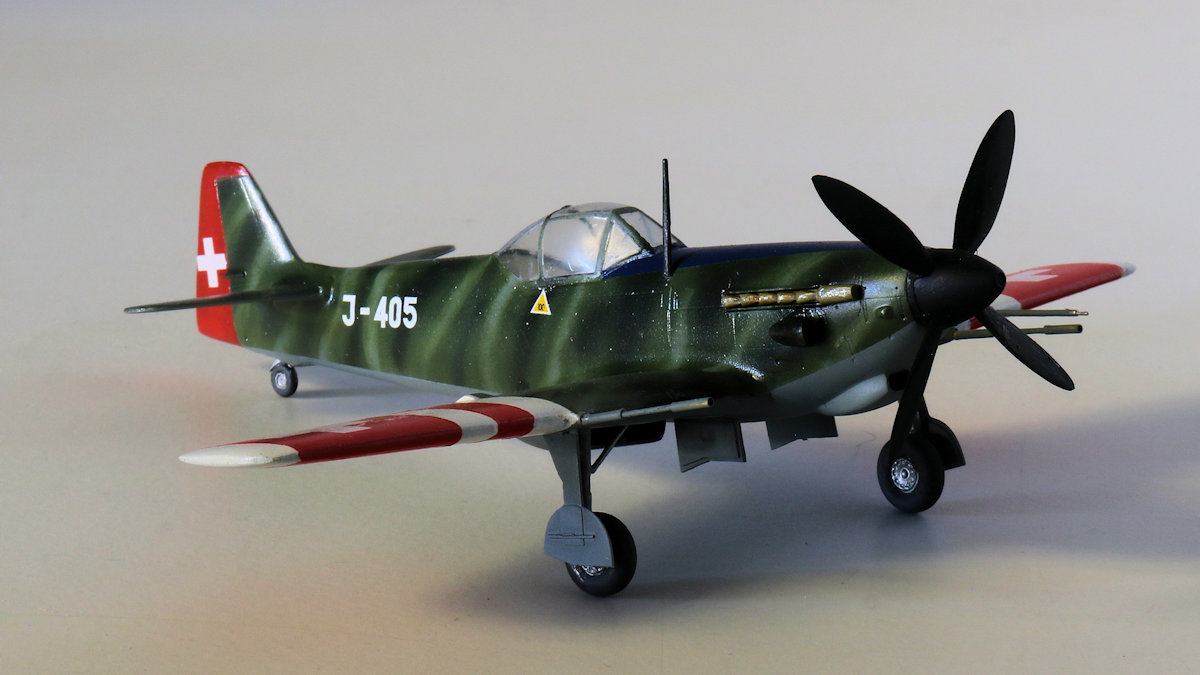Tag: aeroplane
-
Canadian Car and Foundry FDB

Canadian Car and Foundry FDB In 1938 at a time when monoplane fighters were replacing biplanes, Canadian Car and Foundry employed Michael Gregor to design a biplane fighter/dive-bomber (hence the FDB name). It is often also called the Gregor FDB. Initial claims were that it would reach 300mph with a 700 hp (520 kW) Pratt & Whitney R-1535-72… Read more
-
Blériot 110 French Long-Distance Research Aircraft

Blériot 7110 French Long-Distance Research Aircraft The Blériot 110 was a French long-distance research aircraft. First flying on 16 May 1930. It held several records, the last of which was on 5 August 1933 when Paul Codos and Maurice Rossi set a new straight-line distance record, flying from New York to Rayak, Syria – a… Read more
-
Doflug D.3803 Scale Models

Doflug D.3803 The final development of the Doflug D.3800 series, the D.3803 introduce the 1,118.5 kW (1,500 hp) Saurer YS-3 engine and an all round vision canopy with a cut-down rear fuselage. Armament was upgraded to three 20mm cannon. Photos of Doflug D.3800 fighters can be found here. Doflug D.3803 by RS Models 1:72 Scale Read more